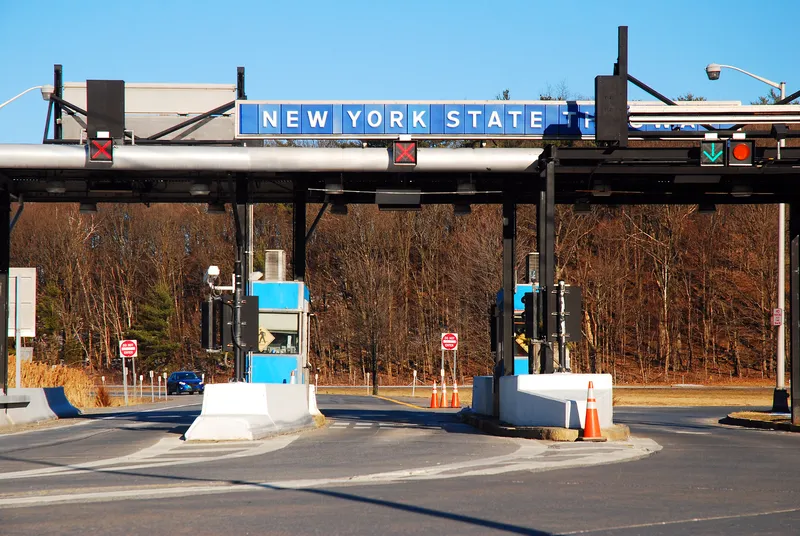sanef ITS Technologies America continues to build on its success in North America with two major orders - from the Niagara Falls Bridge Commission (NFBC) and Blue Water Bridge Canada (BWBC).
As the operator of the Alliance for Tolling Interoperability (ATI) hub clearing-house, sanef has expertise in interoperability initiatives, and is to supply its FastToll Interop for E-ZPass interface software to NFBC, which will enable the authority to process transactions from customers using E-ZPass transponders.
December 19, 2013
Read time: 2 mins
As the operator of the Alliance for Tolling Interoperability (ATI) hub clearing-house, Sanef has expertise in interoperability initiatives, and is to supply its FastToll Interop for E-ZPass interface software to NFBC, which will enable the authority to process transactions from customers using E-ZPass transponders.
NFBC operates three toll bridges between New York, US and Ontario, Canada, and the software will enable it to select the interoperability model and integrate the software seamlessly within its existing back office.
FastToll Interop for E-ZPass software provides all necessary data transfers, controls and reports to efficiently and accurately reconcile and settle toll transactions between agencies participating in the E-ZPass interoperability scheme. This contract will include the implementation of the software and the required testing with other
Under the second contract, Sanef will supply BWBC with a new electronic tolling system (ETS) which has been designed to meet the current and future needs of BWBC and the nearly 3.5 million vehicles that use the Blue Water Bridge each year.
The new ETS back office system (BOS) is based on Sanef’s FastToll ERP architecture which supports BWBC’s current operational needs and can be easily expanded to meet future business requirements, sub-systems and locations, including toll points, plazas, and lane types.
To meet roadside requirements, Sanef will implement its FastLane solution, which the company says is one of the most tested and reliable toll lane solutions available on the market today. FastLane provides BWBC the flexibility to operate manual, mixed and automatic lanes, enabling customers to pay with a variety of methods such as US or Canadian currency, cash and debit cards, private or commercial accounts.









